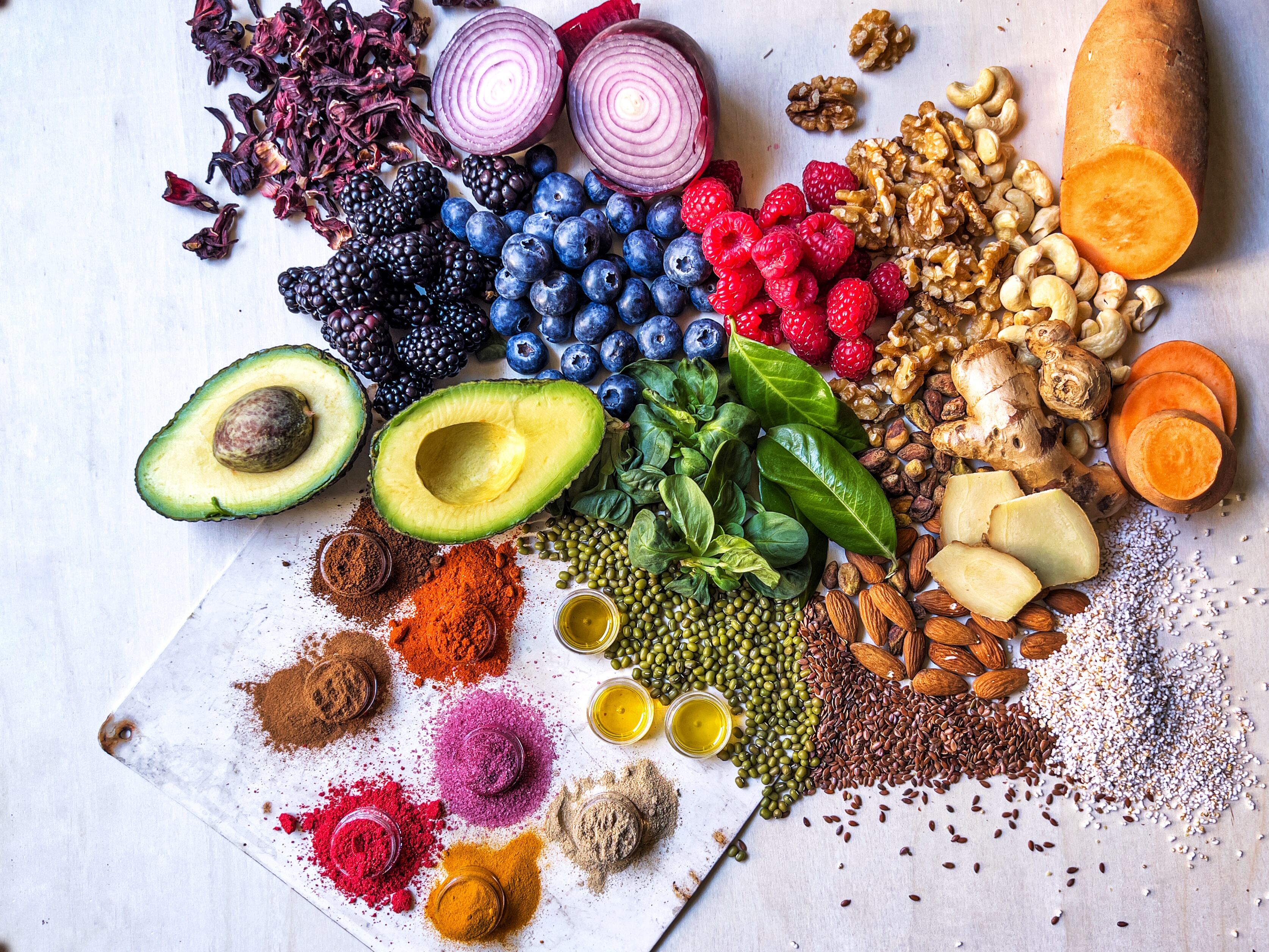The global food and beverage ingredients market is huge, and growing fast.
Currently valued at $368bn (€319bn), it’s set to reach well over $560bn ($561.6) by 2034 (market analysts Precedence Research).
But this growth isn’t happening in isolation. According to investment advisor Morningstar’s new Global Ingredients report, it reflects a much deeper transformation taking place within the industry itself.
We breakdown the five key trends driving change across the ingredients landscape.

1. Clean-label revolution
Consumers are increasingly demanding simpler, more natural ingredient lists, with figures from Morningstar showing that nearly half now actively avoid artificial preservatives in food and beverages.
This shift is boosting the clean-label trend, where transparency and trust are paramount.
To meet these expectations without compromising safety or shelf life, ingredient manufacturers are innovating with advanced solutions such as fermentation-derived preservatives, bioprotective cultures, and enzyme-based systems. These technologies allow brands to deliver products that feel authentic and natural while maintaining quality and functionality.
Ingredients suppliers leading this transformation include Kerry Group, which is leveraging its expertise in enzymes and bioprotective cultures to help brands achieve clean-label formulations that meet consumer demands for simplicity and safety.
Similarly, Novonesis is innovating through its portfolio of biosolutions, offering natural ingredient replacements that support both performance and sustainability.

2. GLP-1 medications reshape food preferences
The surge in anti-obesity drugs like GLP-1 agonists is creating ripple effects across the food and beverage industry.
These medications, which influence appetite and satiety, are altering consumer taste perception, portion sizes, and nutritional priorities.
As users gravitate toward smaller, nutrient-dense meals and seek products that align with their changing metabolic needs, ingredient companies are stepping in with innovative solutions.
Taste modulators are helping maintain flavour appeal despite reduced sugar or fat, while fibre enrichment and texture enhancers ensure satiety and sensory satisfaction in reformulated products.
Suppliers embracing this opportunity include Tate & Lyle. With its strong focus on sugar reduction and fibre enrichment, it’s well positioned to meet the nutritional demands of GLP-1 users by delivering functional ingredients that support weight management and digestive health.
Meanwhile, International Flavors & Fragrances (IFF) is leveraging its expertise in taste modulation and natural sweeteners to help brands reformulate products without sacrificing indulgence.
Together, these companies exemplify how ingredient innovation is adapting to one of the most disruptive health trends of the decade.

3. Premiumisation in food and beverage
Premiumisation is redefining the ingredients sector, as consumers increasingly seek products that deliver elevated experiences, superior quality, and added health benefits.
This trend goes beyond indulgence - it’s about authenticity, provenance, and functionality.
Ingredient suppliers are responding by sourcing high-grade raw materials, developing specialty inclusions, and creating tailored solutions that enhance flavour, texture, and nutritional value.
Sustainability and traceability have become hallmarks of premium positioning, with certifications like organic and fair trade serving as key differentiators.
Companies capitalising on this shift include Barry Callebaut. The world’s biggest chocolate supplier is driving premium chocolate innovation with single-origin cocoa and artisanal inclusions.
Elsewhere, Givaudan is elevating sensory experiences through natural extracts and bespoke flavour systems, and DSM-Firmenich is combining science and nature to deliver functional ingredients that support health and wellness.
For brands, premiumisation opens opportunities to command higher margins and build loyalty through storytelling and exclusivity—making ingredient companies that combine innovation with ethical sourcing and sensory excellence best placed to capture this growing demand for “affordable luxury” in everyday food and beverage.

4. The rise of local players
Research from Morningstar has found that smaller, local ingredient customers, particularly in emerging markets, are growing at a pace two to three times faster than multinational giants. This is changing the competitive landscape in food and beverage.
Their agility, ability to innovate quickly, and focus on affordability resonate strongly with consumers seeking authentic, regionally inspired products.
This trend is not just about scale, it’s about relevance.
Local suppliers often have a deeper understanding of cultural preferences and can tailor solutions to meet specific market needs far more effectively than global corporations.
For ingredient suppliers, this shift represents a significant opportunity. Many leading firms already generate more than half of their revenue from local and regional customers, positioning them to benefit from this surge in demand.
Ingredients supplier Symrise is proving successful in this space by leveraging its focus on regional tastes and tailored solutions to become a key partner for local brands.
As local players continue to scale, ingredient companies that prioritise flexibility and customisation will be best placed to capture this growth.

5. Regulatory change
As governments tighten rules on product safety and environmental impact, ingredient companies are finding themselves at the forefront of change.
Bans on microplastics, restrictions on synthetic colours, and stricter sustainability mandates are no longer niche, they’re becoming global standards.
These shifts are creating both challenges and opportunities. Brands must reformulate quickly to remain compliant, while ingredient suppliers can lead by offering innovative, eco-friendly alternatives.
The result is a wave of R&D focused on biodegradable materials, plant-derived colorants, and bio-based functional ingredients that meet regulatory requirements without sacrificing performance or consumer appeal.
Industry leaders are already setting the pace. DSM-Firmenich is pioneering sustainable ingredient solutions, developing biodegradable alternatives that align with emerging environmental regulations.
And Givaudan is investing heavily in plant-derived natural colours and bio-based technologies, helping brands transition away from synthetic additives while maintaining vibrant aesthetics and functionality.
These companies illustrate how regulatory pressure is accelerating innovation, and creating a competitive edge for those who can deliver compliance and sustainability hand in hand.

Opportunities ahead
As the global food and beverage ingredients market accelerates toward a projected $560bn valuation by 2034, the opportunities for suppliers and manufacturers have never been greater.
The convergence of health-driven consumer behaviour, sustainability imperatives, regulatory shifts, and premiumisation is creating a dynamic environment where innovation is not optional, it’s essential.
Ingredient companies that can anticipate these changes and deliver solutions that combine functionality, transparency, and sensory appeal will secure a vital competitive edge to thrive in the future.





